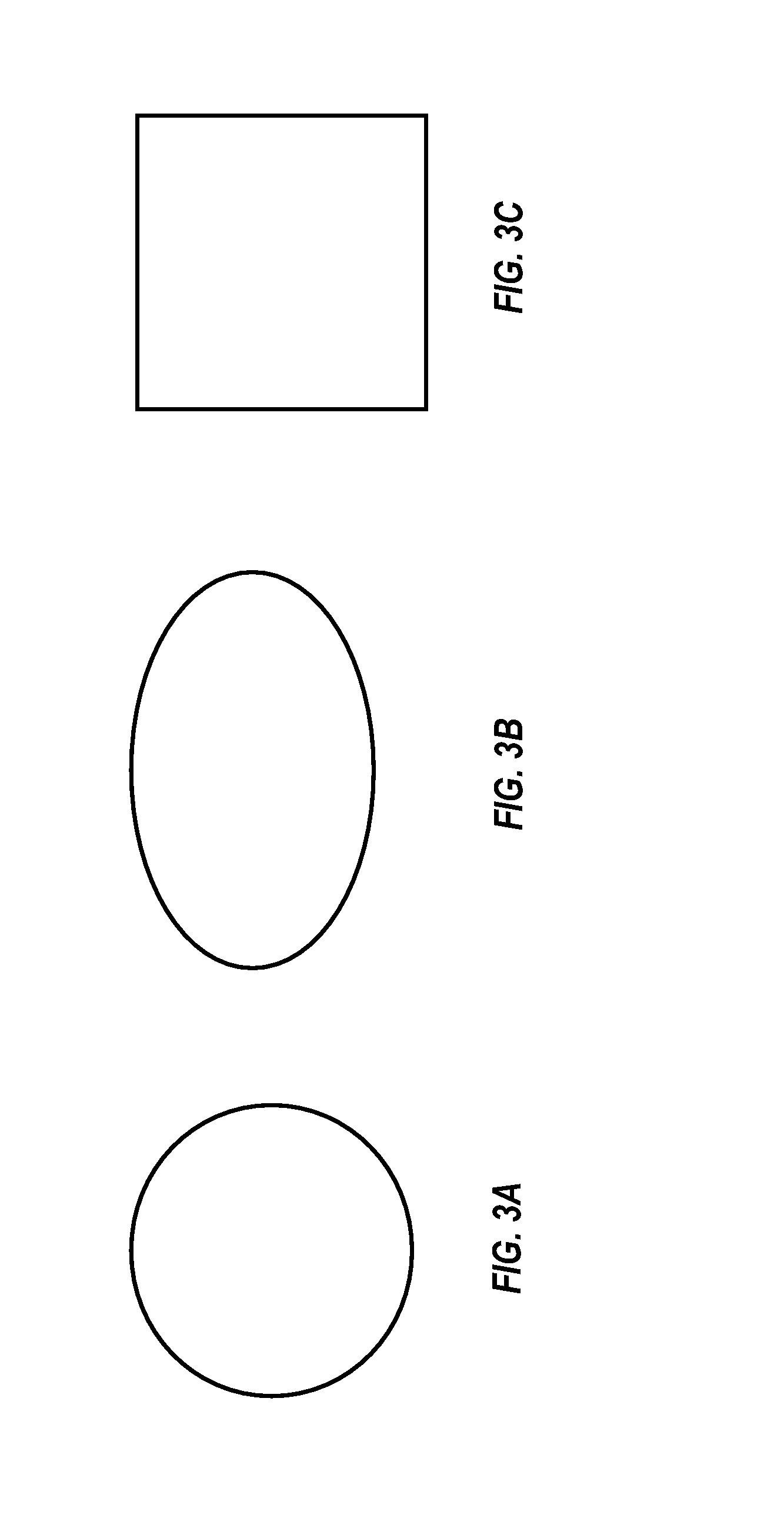Micro-helix antenna and methods for making same
a micro-helix antenna and antenna technology, applied in the field of helical antennas and methods for making helical antennas, can solve the problem that the diameter of the antenna is generally too large to allow further compression
- Summary
- Abstract
- Description
- Claims
- Application Information
AI Technical Summary
Benefits of technology
Problems solved by technology
Method used
Image
Examples
Embodiment Construction
[0018]The present invention is directed to the fabrication of antennas that are significantly smaller than their established solid-conductor counterparts, such as the half-wave linear dipole. By using a “micro-helix” conductor element, significant size reductions may be achieved. Micro-helix conductors of the present invention may be used in straight-wire antennas (linear dipoles), stochastic or other meandering line antennas, spiral antennas, and other compression schemes.
[0019]Turning now to the drawings in general and to FIG. 1 in particular, there is shown therein an antenna constructed in accordance with the present invention and designated generally by the reference numeral 10. The antenna 10 preferably comprises an elongate dielectric core 12 and at least a first helically-shaped conductor 14 disposed about the core.
[0020]The dielectric core 12 preferably is flexible but relatively nonelastic to allow further compression as described in more detail below. In the embodiment of...
PUM
 Login to View More
Login to View More Abstract
Description
Claims
Application Information
 Login to View More
Login to View More - R&D
- Intellectual Property
- Life Sciences
- Materials
- Tech Scout
- Unparalleled Data Quality
- Higher Quality Content
- 60% Fewer Hallucinations
Browse by: Latest US Patents, China's latest patents, Technical Efficacy Thesaurus, Application Domain, Technology Topic, Popular Technical Reports.
© 2025 PatSnap. All rights reserved.Legal|Privacy policy|Modern Slavery Act Transparency Statement|Sitemap|About US| Contact US: help@patsnap.com



